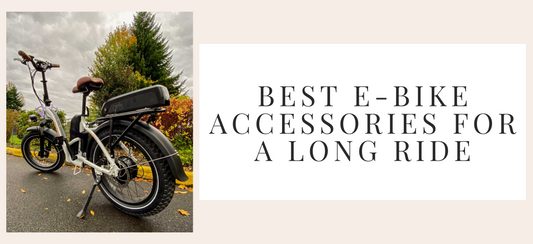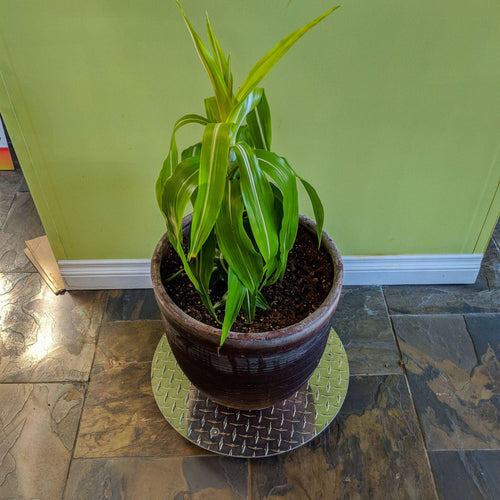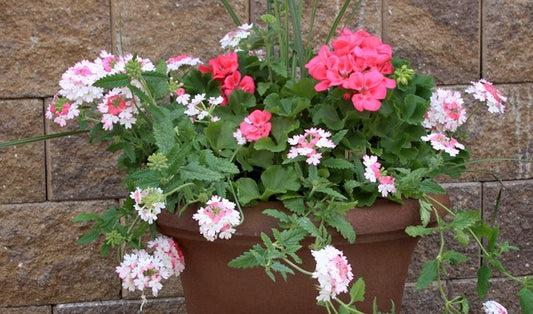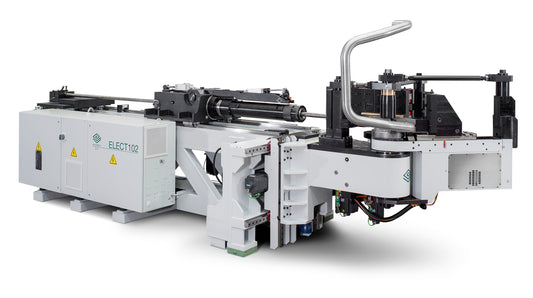Container gardening continues to gain popularity, opening up the world of gardening to people who may not have the ability or desire to garden the traditional way. It allows people without access to a yard, or those with limited mobility to reap the physical and mental benefits of gardening and have fresh produce at their fingertips. As its name would imply, container gardening is the method of growing plants in containers; it also means choosing pots to use for container gardening is an important part of the process.
Common Materials Used for Containers
Containers come in a wide range of materials from plastics to fabric and each type comes with their own advantages and disadvantages. Choosing the best containers comes down to what your gardening needs are, the space you have available to garden in, and what aesthetic/look you’d like to implement in your container garden.
The common materials used for containers are plastic, fiberglass, terra cotta, concrete, fabric, wood, and metal.
Plastic or Fiberglass
Plastic or fiberglass pots are the most popular type of containers used for container gardening. They are well liked because they are lightweight and come in a variety of sizes, colors, and shapes. The manufacturing process keeps cost low; an inexpensive price tag helps lower your out of pocket expenses for containers.
If you choose to use plastic or fiberglass pots, opt for ones that feel sturdy in your hands yet are slightly flexible when you put pressure on the sides. This will help them withstand time and the elements more successfully than containers that have thinner walls and feel more rigid. It is best to bring them inside during the colder winter months to prevent weakening of the materials, but it isn’t an absolute necessity.
Terra Cotta
When most people think of pots for plants, they envision the time-honored, traditional orange terra cotta clay pots. A tried and true staple of container gardening, terra cotta is still commonly used -- and even preferred -- by many gardeners because of their heft and iconic look.
Terra cotta pot come in a variety of sizes, and their porous nature keeps the soil from staying too moist. Air moves easily through the walls of the pot to help keep roots from getting waterlogged.
On the downside, their porous nature means fertilizer salts accumulate as a white crust on the outside of the containers over time; this is easily remedied by scrubbing them periodically with a stiff bristled brush. They are breakable and heavy, so putting large terra cotta pots on rolling plant caddies will make it easier to move them around. It’s also important to bring them inside if you live in a cold climate since the freeze/thaw cycle may crack them.
Cast Concrete
Cast concrete containers are incredibly durable and withstand weathering well; they are excellent choices for larger plants such as trees and shrubs. Their durability comes with a downside though. This type of pot is really heavy making them unsuitable for use on some balconies or decks because of their weight. Rolling plant caddies also pair well with these heavy pots.
Fabric
Fabric containers are gaining popularity because of their ease of use and low price. They come in various sizes ranging from one gallon all the way up to one-hundred gallons. Fabric pots allow for excellent air movement through the soil, encouraging a strong root system. At the end of the season, they can be emptied and folded flat for storage, a benefit to those with limited storage space.
Wooden
Many people like the look of wooden containers, and the ability to make their own to custom specifications. Wooden containers -- think whiskey barrel type pots -- can be purchased in a variety of sizes, or you can easily construct your own. Cedar or teak wood are the best choices; avoid pressure treated woods if possible since the chemicals can leach into the soil. Wooden containers can also be painted bold, bright colors to add accents to your patio or garden space.
Metal
You don’t have to look far to see metal containers adorning yards and gardeners, but they aren’t the best choice for container materials. When metal containers sit in the direct sun, the metal heats up. This causes the soil to experience wildly fluctuating temperatures and creates a microenvironment too warm for root systems. If you really have your heart set on a metal container line it with a plastic container or coconut coir to help protect the plants.
Conclusion
There are many types of pots available to use for container gardening. Plastic and fiberglass are inexpensive and lightweight. Terra cotta and cast concrete are solid but heavy. Fabric containers fold up easily for storage. Wood containers can be made as a DIY project, and metal adds an aesthetic flair to your space. Each type has pros and cons that are important to weigh before choosing containers that meet your gardening needs.





